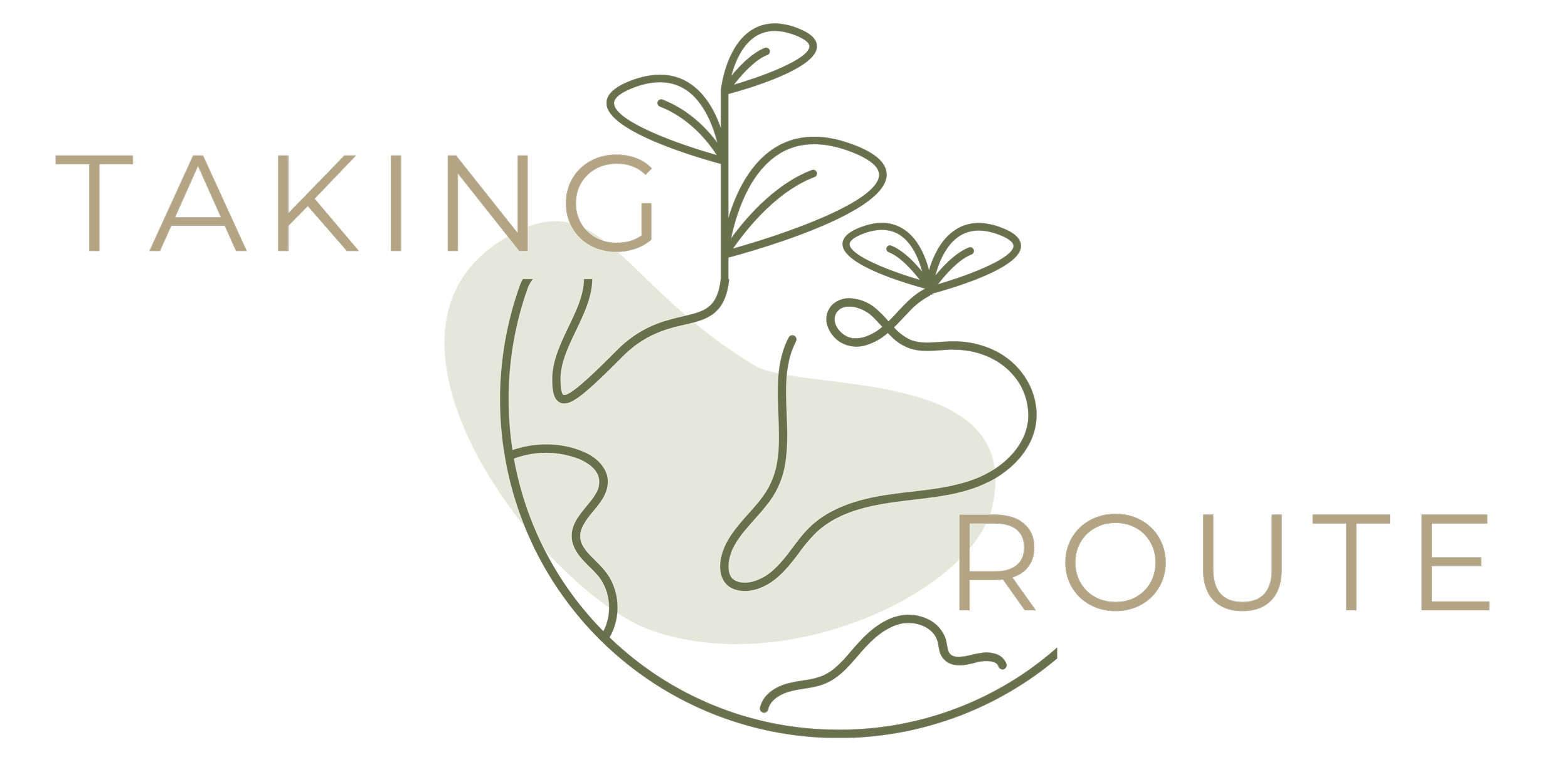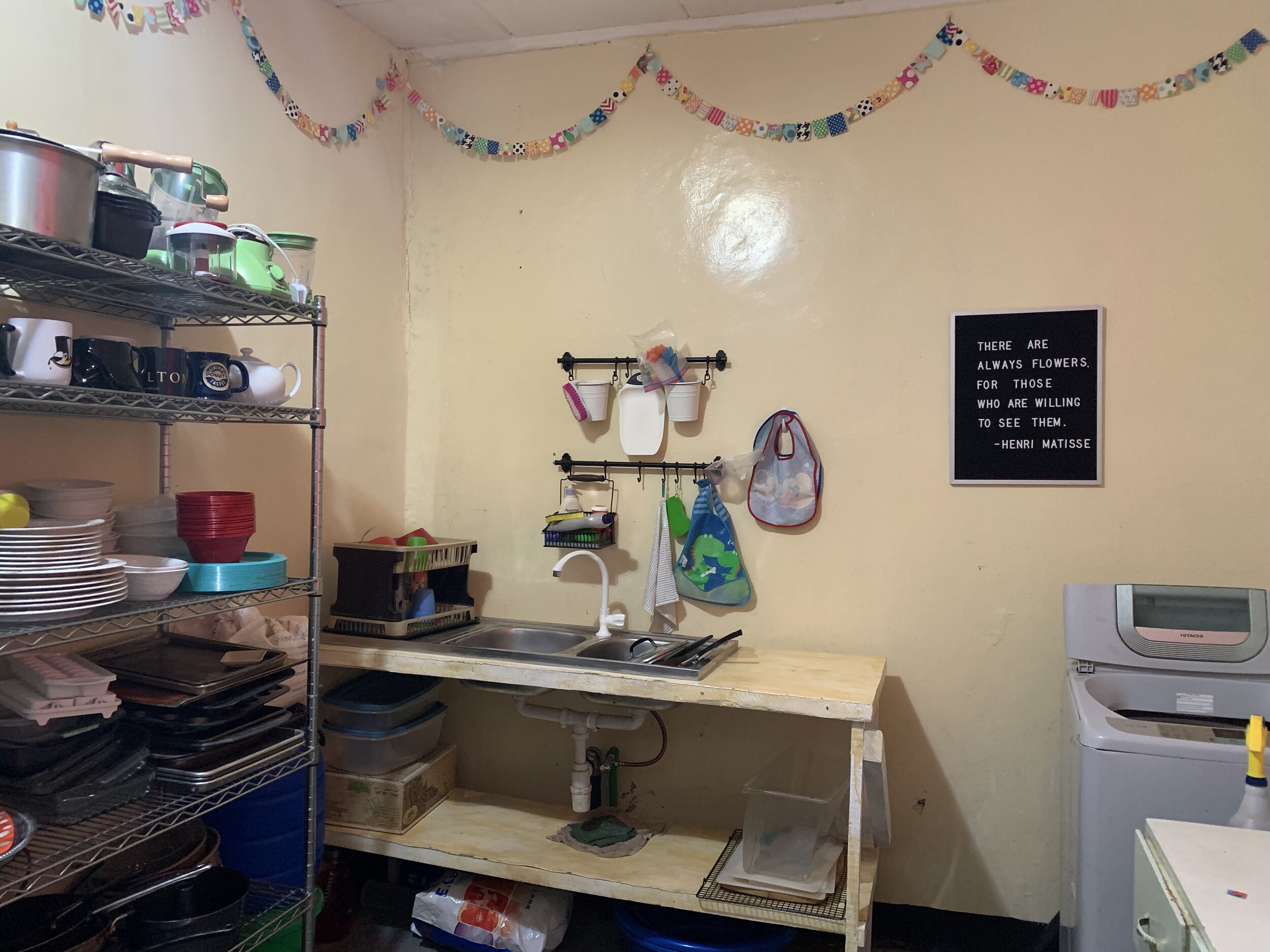This Global Kitchen | Day 30: Horn of Africa
Connect with Sarah:
Hi friends! I’m Sarah, and I live in the Horn of Africa along with my doctor husband and two kids. In my past American life, I worked in communications for a medical non-profit. At the current moment, I’m about a year and a half into language learning while helping my husband research and administrate a future NGO project. When I’m not muddling my way through conjugating verbs and have some downtime, I love to read and attempt to learn how to play the guitar.
Entry into a new city as a brand new expat has been a huge challenge, and to be honest, this kitchen is a big part of that challenge. I’ve always looooooved cooking meals and baking for my family, but in early 2018, I moved to the Horn fresh out of Georgia, and somewhere on that airplane trip over here, I plain forgot how to cook. Then, there were only a few fresh vegetables available in our neighborhood (cabbage, collard greens, carrots, potatoes, tomatoes) and the only fresh meat available in walking distance of our home was camel. No butter, no cheese, no fresh cow’s milk—all that had to be imported from a larger city, thirteen hours away. Same for other vegetables like broccoli or green beans. The learning curve was steep, and I had many tears over failed dinners and baking projects. But some success too—and with the help of a few new gadgets, help from other expats, and a new cookbook or two, we are back in business.
A typical kitchen in our culture isn’t inside the home, so our landlord wasn’t pleased when he heard that we were going to be converting a bedroom into a kitchen. We talked him down, and he eventually has accepted our crazy foreigner ways—but it took some convincing.
In the hallway right outside the kitchen, you’ll see our water set-up—we use bottled water for drinking and the Catidyn filtered water for cooking. Through the door is my little corner for cleaning supplies, where we keep brooms, dustpans, the trash can, and our aprons. My 8 year old daughter loves to help cook, so we keep an apron for her around, so she can sous chef.
Behind the door we hung a shoe organizer where we keep our spices. When storage is limited, you have to get creative.
The little flags around the kitchen are scraps of fabric that I cut and sewed a seam through with my sewing machine. I have limited sewing skills, but I can do a straight seam.
This kerosene stove and I are frenemies. I’m grateful that it is gas and not electric because of our frequent power outages. You can’t really regulate the power in the oven with any sort of precision, so even though I brought my own thermometer to keep in the stove, baking times are a guessing game.
The NGO that we work with provided the two cabinets, and we imported the metal shelves as well as the IKEA Kallax unit that provides a lot of our storage. At the top of our metal shelves, you can see what looks like a giant pincushion—it’s hands down my favorite expat cooking tool, the Wonderbag. It’s basically a huge SUPER insulated bag made by a South African company that you can use as a slow cooker, but it doesn’t require any electricity. I use it for everything, from making yogurt from powdered milk (did you know you can do that??) to making rice. It’s pure gold. If you’re in a spot with unreliable electricity, or you just want to be nice to the environment, getcha one. (I have no affiliation with the people who make it; I just think its amazing.)
We made the table for our sink--- it’s an okay solution, but the sink leaks, so it won’t last forever. In the States, I would have hated all this open storage without carefully curating it, but here, storage is the name of the game. Pinterest it ain’t.
A guava tree grows right outside our kitchen window, and when my kids are fighting when I’m trying to cook dinner, they climb in it and try to tattle on each other to me through the window. I ignore them and continue listening to my podcasts, because I am an awesome mom. Just kidding; I have perfect children who never fight.
So, there you have it! Where the magic happens.
My Must Haves for My Expat Kitchen:
I could not live without Johnny’s Garlic Spread and Seasoning. It comes in a giant jar from Costco with a green lid, and I add it to everything— garlic bread, chili, pastas, Mexican food. Everything is better with this magic spice. It has cheese in it, which is probably the magic.
My other kitchen must-have is my GIANT Bodum Stainless Steel insulated French Press. There’s an IKEA version around somewhere, but I couldn’t get my hands on it, so I brought back this puppy in my suitcase. On days when I go running before my family wakes up, I make a 5 AM pot of coffee, and it’s still warm at 7 AM when my family eats breakfast. Also, it makes a ton of coffee— 12 cups! Or 6 cups, depending on who is drinking. But hey, I’m not judging your caffeine consumption
My Favorite Expat friendly Recipe:
Greek Pita Flatbread
by Sarah | TakingRoute.net
I’d like to share my recipe for pita bread. Many of you expats probably have pita or a flatbread around, but the flatbread available in our town usually isn’t made from wheat flour. And when you’re feeling homesick, there’s nothing better than carbs. I make a big batch of these and freeze them, and then I can pull them out for quick pizza crusts, sides for soups, and wraps.
- 2 tsp active dry yeast
- 2 1/2 tsp granulated sugar
- 2/3 cup warm water , 110 degrees
- 1/2 cup + 2 Tbsp milk , heated to 110 degrees
- 1 1/2 Tbsp extra virgin olive oil , plus more for bowl
- 1 1/4 tsp salt
- 3 cups bread flour (can add up to 1/4 cup more flour as needed)
In a bowl of a mixer (if you have one), whisk together yeast, sugar and warm water until yeast has dissolved then let rest 5 minutes. Add in warm milk, olive oil, salt and 1 1/2 cups bread flour and fit mixer with whisk attachment and blend mixture until well combined. If you don’t have mixer, don’t sweat it. Just do it by hand.
Switch attachment to hook attachment, add in remaining 1 1/2 cups flour and knead mixture on low speed until blended, then increase to medium-low and allow to knead about 5 minutes longer until smooth and elastic (dough should not stick to sides of the bowl, so add more flour if necessary).
Transfer dough to bowl lightly coated with oil, cover with a damp towel and allow to rest in a warm place until double in size, about 1 1/2 hours.
Press dough down and divide dough into 6 - 8 equal portions. Working with one piece at a time, roll dough out into a round (I made 6 large 8-inch pitas) on a lightly floured surface. Heat a large non-stick skillet slightly over medium heat.
Once hot, add flatbread and cook until bubbles begin to appear on surface and bottom is golden brown, then flip and cook opposite side until golden brown. Transfer to a large plate, cover with foil leaving a small opening for excess moisture to escape.
Repeat process with remaining flatbread. Store in an airtight container.
Other Posts You Will Enjoy…
EPISODE 27: SPEAKING HONESTLY ABOUT LIVING OVERSEAS LONG-TERM WITH RACHEL PIEH JONES
Episode 27: Speaking Honestly About Living Overseas Long-Term with Rachel Pieh Jones










